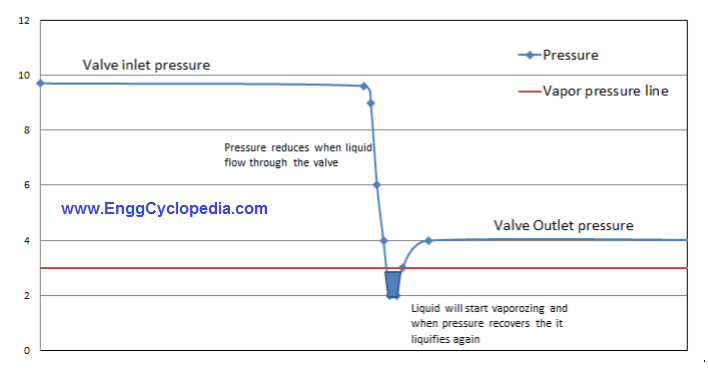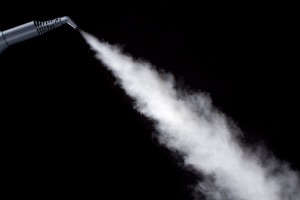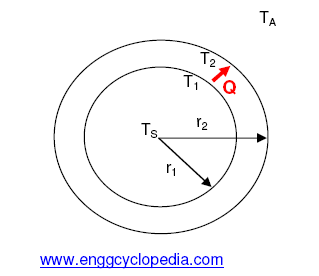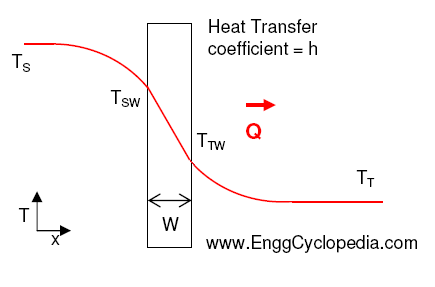Control valve sizing is crucial aspect in process industries, because it involves selecting the appropriate control valve for a specific application based on the process conditions and flow requirements. The objective of control valve sizing is to ensure that the control valve can effectively regulate the fluid flow while minimizing energy losses. This post covers general guidelines that need to be considered for sizing of a control valve.
Table of content:
Information required for sizing control valve calculation
Advanced control valve sizing guidelines
Information required for sizing control valve calculation
Information required for sizing control valve is as follows:
- Inlet pressure all possible cases
- Outlet pressure (or pressure drop) all possible cases
- Inlet temperature all possible cases
- Mass Flowrate all possible cases
- Solids content and size
- Critical temperature and critical pressure
- Allowable shutoff differential pressure
- For liquid service
- Vapor pressure
- Density
- Viscosity
- Surface tension
- For gas service
- Molecular weight
- Compressibility factor at the inlet and outlet conditions
- Cp/Cv ratio
- Dew point temperature
- Multiphase service
| Gas Properties | Liquid Properties |
|---|---|
| Molecular weight | Vapor pressure |
| Compressibility factor at the inlet and outlet conditions | Density |
| Cp/Cv ratio | Viscosity |
| Dew point temperature | Surface tension |
- Expected valve characteristics
- Design pressure or pressure rating of connecting system
- Design Temperature
- Body size (connecting flange rating)
- Allowable noise level
- Actuator/Air/gas fail status
Advanced control valve sizing guidelines
When sizing the control valve, caution needs to be taken for covering all possible scenarios and sometimes need to ensure some of the non-idealities like cavitation are dealt. Some of the problems faced are as follows.
Big difference Cvmax and Cvmin
The Cv value of a control valve is a measure of its flow capacity. The Cvmax value is the maximum flow capacity of the valve, and the Cvmin value is the minimum flow capacity of the valve. A big difference between Cvmax and Cvmin means that the valve has a low rangeability. A low rangeability valve is not able to handle wide variations in flowrates well.
In many flow control valve cases, you might encounter situation where there is wide variations of flowrates. Typical rangeability of linear globe control valve is up to 1:5.
In such cases, use equal percentage vales which can give high variations in the control valves. Typical rangeability of equal percentage globe control valve is up to 1:20.
Extremely high pressure difference Cvmax and Cvmin
If the flow variations is extremely high and with one control valve of equal percentage characteristic it is not able to handle then following alternatives can be explored.
- If the flowrate variations happening in different period of operations like start of operation or end of operation, then valve replacement is one of the option.
- If the variation happens only for short duration and upstream system has some buffer to accommodate the fluid without any major issues then such cases can be removed from control valve cases. Upstream system adequacy check and ultimate client's approval is critical in such decisions.
- If the variation happens frequent and upstream system cannot accommodate the variations then split range control valve can be used. In this case, normal flow occur only one control valve and second valve will be open in case of sudden increase in the flowrate. Higher flowrate will be dealt by parallel control valve with bigger.
Critical or choked flow
When the downstream pressure of a control valve is lower than half of the upstream pressure, the flow rate through the valve will remain the same even if the downstream pressure is further reduced. This is called choked flow. Choked flow occurs when the velocity of the fluid through the valve reaches the speed of sound.
When pressure drop across the control valve is too big then Cv selection can play a big role and cautions needs to be taken when sizing control valve with high pressure drop or pressure of downstream too low.
Choked flow is a common occurrence in control valves that are used to control the flow of gases. Choked flow can also occur in liquid control valves, but it is less common. Choked flow can have a significant impact on the performance of a control valve. In order to avoid the problems associated with choked flow, it is important to select the correct control valve for the application.
High temperature drop or very low temperature downstream of valve
When dealing with hydrocarbon gaseous or multiphase systems, the pressure drop across control valve will lead to lowering the temperature due to Joule-Thomson effect. The Joule-Thomson effect is a phenomenon in which the temperature of a gas decreases when it is expanded adiabatically. This can happen when a gas flows through a control valve, as the pressure drop across the valve causes the gas to expand.
Sometimes the temperature can go down very low and this decrease in temperature can be a concern for material selection, as some materials may not be able to withstand the low temperatures that can occur. The decrease in temperature can also lead to the formation of hydrates, which are solid compounds that can form when water and a hydrocarbon gas come into contact at low temperatures. Hydrates can block pipelines and other equipment, and can be difficult to remove.
There are a number of ways to deal with the low temperature and hydrate formation issues that can occur when dealing with hydrocarbon gaseous or multiphase systems.
- Low temperature issues can be dealt by increasing temperature upstream of control valve or selecting appropriate material of valve and downstream system.
- Hydrate inhibitors can be injected to deal with hydrate formation issue.
Cavitation
Generally cavitation is referred for pumps and not for control valves. But for control valve also, cavitation can be big concern for liquid services. In the valve system you might have pressure downstream of control valve higher than vapor pressure but in the valve body the pressure can go lower than the vapor pressure of liquid and then recover above vapor pressure and engineer might miss the possibility of cavitation situation. The situation is explained in below figure
If the engineering or control valve vendor does not address this situation of cavitation then control valve might experience high vibration, noise as well as damage of valve. If the outlet pressure is close to vapor pressure and very high pressure drop, engineer need to check with valve manufacturer for possible cavitation and design trim suitable trim for possible cavitation.





